 Next year, The Sand Trap should be well-represented at the PGA Merchandise Show. This year we must suffice with linking to another site for coverage. For more images than you can shake a stick at, check out equip2golf’s 2005 report.
Next year, The Sand Trap should be well-represented at the PGA Merchandise Show. This year we must suffice with linking to another site for coverage. For more images than you can shake a stick at, check out equip2golf’s 2005 report.
Just because we weren’t there, though, doesn’t mean we don’t have some thoughts.
Several of the big names, including Titleist, TaylorMade, and Ping, were absent as usual. These companies tend to release products when they’re ready (Titleist) or every other week (TaylorMade), and are not pressured into releasing a barrage of new products at or slightly before the yearly merchandise show. Besides, does Ping really want to be 30 feet away from a company that sells nothing but ball mark repair tools?

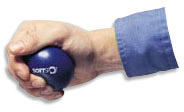 Grip strength can mean one of two things, either how tightly or loosely you hold a club or where your hands are positioned on the club. Finger strength is another thing entirely.
Grip strength can mean one of two things, either how tightly or loosely you hold a club or where your hands are positioned on the club. Finger strength is another thing entirely.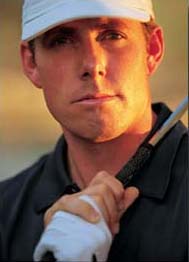 Justin Leonard, who
Justin Leonard, who 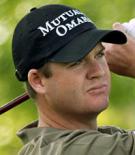 Joe Ogilvie is holding on to a two-stroke lead going into the fifth and final round of the 2005 Bob Hope Chrysler Classic. He managed only a 3-under 69 in Saturday’s round while Justin Leonard leapt into third with a 64 and Peter Lonard sits in second. Ogilvie’s round included an eagle and two birdies at La Quinta Country Club.
Joe Ogilvie is holding on to a two-stroke lead going into the fifth and final round of the 2005 Bob Hope Chrysler Classic. He managed only a 3-under 69 in Saturday’s round while Justin Leonard leapt into third with a 64 and Peter Lonard sits in second. Ogilvie’s round included an eagle and two birdies at La Quinta Country Club.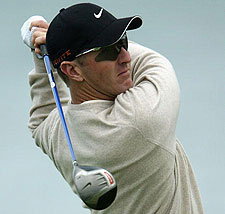 David Duval, at one point in the third round of the Bob Hope Chrysler Classic, triple-bogeyed three straight holes. After three rounds of play on the relatively easy courses of the Bob Hope Chrylser Classic, Duval sits at +30. The leader, Joe Ogilvie, is “comfortably” fifty three strokes ahead. Lanny Wadkins, second-to-last, is 19 strokes clear of Duval. Davis Love III made more birdies on the back nine today than Duval has made in three full rounds of play, and we’re quite confident that were Sam Snead alive today, he too could beat David Duval.
David Duval, at one point in the third round of the Bob Hope Chrysler Classic, triple-bogeyed three straight holes. After three rounds of play on the relatively easy courses of the Bob Hope Chrylser Classic, Duval sits at +30. The leader, Joe Ogilvie, is “comfortably” fifty three strokes ahead. Lanny Wadkins, second-to-last, is 19 strokes clear of Duval. Davis Love III made more birdies on the back nine today than Duval has made in three full rounds of play, and we’re quite confident that were Sam Snead alive today, he too could beat David Duval.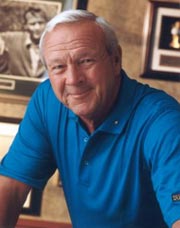 From the Associated Press comes news that Arnold Palmer, age 75, was married yesterday in what is being described as “an intimate ceremony” in Hawaii. Vows were exchanged in a seaside cottage on a course Palmer designed at the
From the Associated Press comes news that Arnold Palmer, age 75, was married yesterday in what is being described as “an intimate ceremony” in Hawaii. Vows were exchanged in a seaside cottage on a course Palmer designed at the 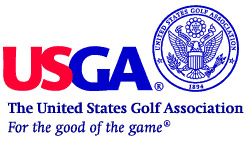 It all began quite suddenly a year ago. After Ernie Els lost to Trevor Immelman at the Deutsche Bank-SAP Open, Els called for the
It all began quite suddenly a year ago. After Ernie Els lost to Trevor Immelman at the Deutsche Bank-SAP Open, Els called for the